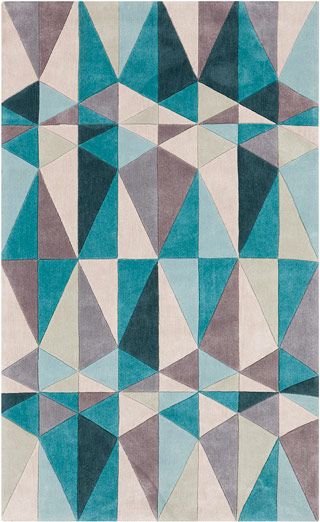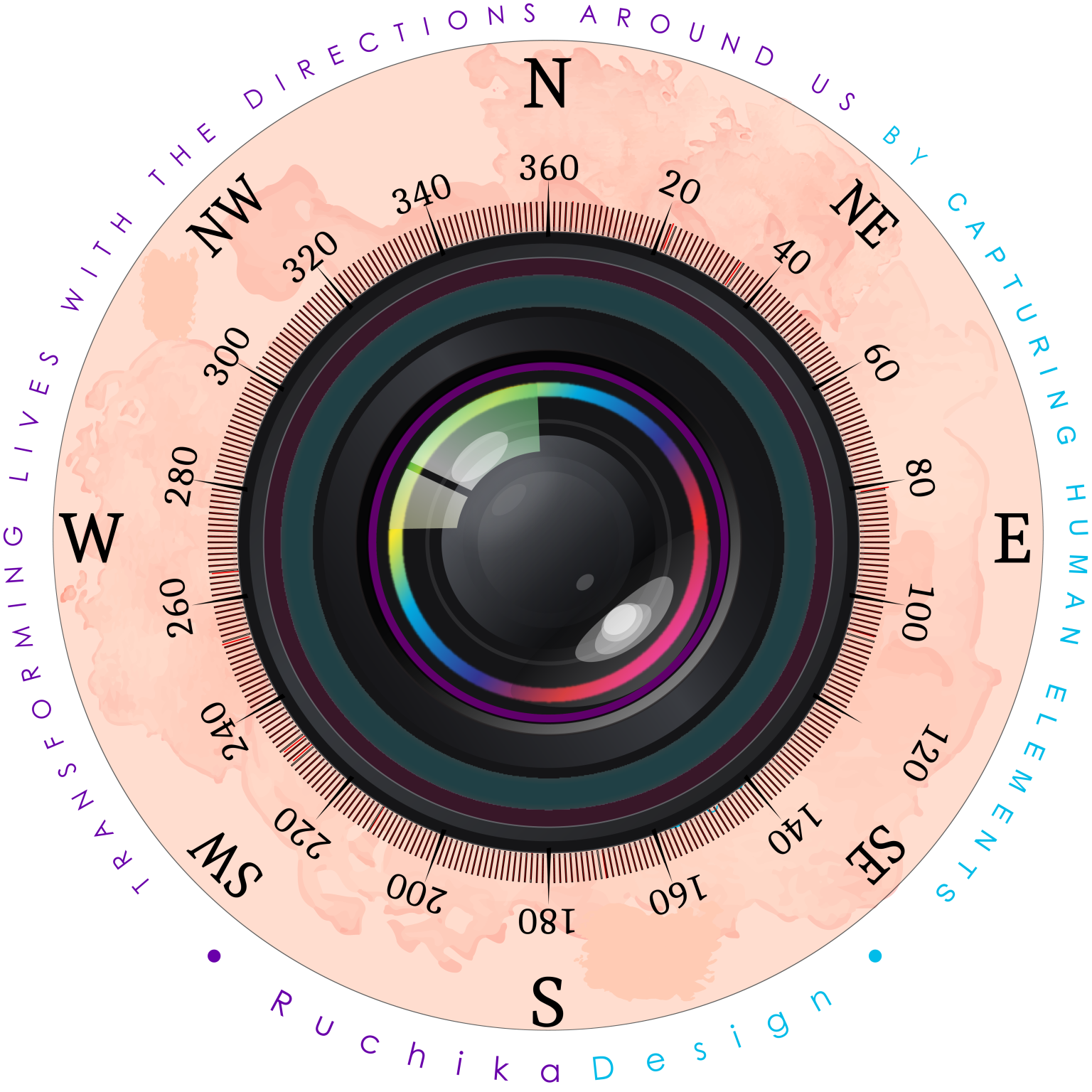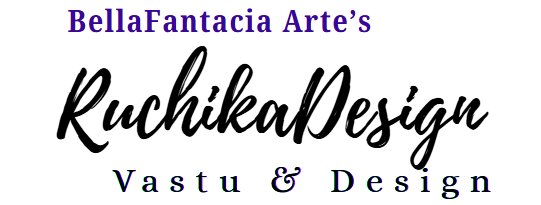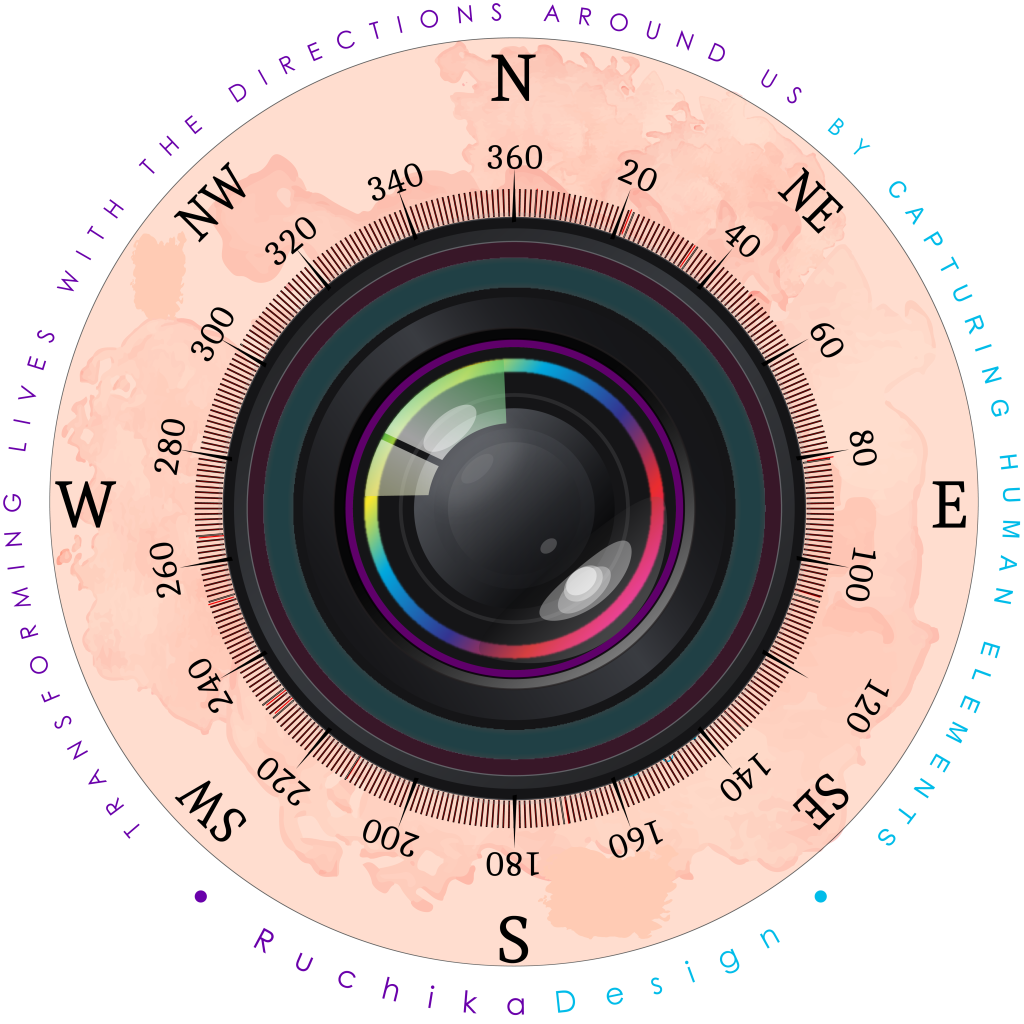
How the Shapes & Forms make a different in vastu architecture
Post by : Ruchika
Post date : 06/10/2024
In Vastu architecture, shapes and forms play a critical role in determining how energy flows within a space, affecting the wellbeing, productivity, and overall harmony of the inhabitants. From the perspective of “Vastu Through My Lens,” my theme 2024-25 this understanding stems from ancient Vedic knowledge, which views every shape and form as an embodiment of cosmic energy. At RuchikaDesign, we emphasize aligning shapes and forms with elemental energies to create balanced, vibrant spaces.
Vedic View of Shapes and Forms in Vastu
Vedic philosophy teaches that the universe is composed of five fundamental elements—earth (prithvi), water (jal), fire (agni), air (vayu), and space (akash)—and each element corresponds to different shapes and forms in nature. These elements, when translated into architectural forms, dictate how energy interacts within the built environment.
- Square and Rectangle: Stability and Grounding (Prithvi)
The square is considered the most auspicious shape in Vastu as it embodies balance, stability, and grounding, resonating with the earth element. It signifies harmony between the cosmic forces and human existence. Rectangular spaces are also favorable, as they align with the natural directions, facilitating the smooth flow of energy. For example, square rooms enhance stability in professional and personal life, while rectangular shapes encourage structured growth and productivity. - Circular and Curved Forms: Fluidity and Movement (Jal & Vayu)
Circular shapes and curved forms represent the flow of water and air, fostering creativity, openness, and emotional fluidity. In Vedic psychology, water signifies emotional well-being, and curved forms in architecture (such as arches or rounded corners) help dissolve stagnant energy, making them ideal for spaces intended for relaxation or creative endeavors. These shapes encourage an uninterrupted flow of thoughts and emotions, often seen in design elements like domes or circular courtyards. - Triangle and Sharp Angles: Dynamic Energy (Agni)
The triangle, closely associated with the fire element, brings dynamic and transformative energy. Triangular forms direct energy quickly and sharply, which can be both powerful and disruptive depending on placement. In corporate settings, triangular or angular shapes may enhance decision-making and driven action, but care must be taken to balance them to avoid conflicts or aggressive energy. - Hexagons and Complex Forms: Synergy and Connection (Akash)
Complex geometric shapes, such as hexagons or other multi-sided polygons, represent the space element (akash), signifying infinite potential and connectivity. These shapes are ideal for open spaces and collaborative environments where innovative thinking and synergy are encouraged. They integrate multiple directional forces, helping in creating expansive, high-energy spaces that foster collaboration.
The Role of Forms in Conscious Living
At RuchikaDesign, we approach architecture as a medium to reflect the deeper connection between human beings and the cosmos. Through our unique design philosophy, we emphasize how specific shapes influence not only the aesthetics of a space but also the mind and consciousness of its inhabitants.
For example, when designing a corporate office, we might employ a rectangular form for the central work area to instill a sense of grounding and structure, while incorporating curved elements in common areas like lounges to foster creativity and relaxation. Balanced geometric forms in homes can inspire clarity and spiritual growth, aligning with the household’s personal and professional goals.
Conclusion: Conscious Design with RuchikaDesign
Understanding the influence of shapes and forms through a Vedic lens allows us to create spaces that are in harmony with the laws of nature. my theme for 2024-25 “Vastu Through My Lens,” I explore how these forms can be consciously integrated into everyday living, transforming architecture into a tool for personal and collective evolution. At RuchikaDesign, we strive to bridge the gap between ancient wisdom and modern functionality by shaping environments that support growth, well-being, and purposeful living.
Through the Vastu science of forms, we invite people to reflect on how their spaces impact their lives and how subtle changes in shape and design can lead to profound shifts in energy and consciousness.
How the Shapes & Forms make a different in vastu architecture
Post by : Ruchika
Post date : 06/10/2024
In Vastu architecture, shapes and forms play a critical role in determining how energy flows within a space, affecting the wellbeing, productivity, and overall harmony of the inhabitants. From the perspective of “Vastu Through My Lens,” my theme 2024-25 this understanding stems from ancient Vedic knowledge, which views every shape and form as an embodiment of cosmic energy. At RuchikaDesign, we emphasize aligning shapes and forms with elemental energies to create balanced, vibrant spaces.
Vedic View of Shapes and Forms in Vastu
Vedic philosophy teaches that the universe is composed of five fundamental elements—earth (prithvi), water (jal), fire (agni), air (vayu), and space (akash)—and each element corresponds to different shapes and forms in nature. These elements, when translated into architectural forms, dictate how energy interacts within the built environment.
- Square and Rectangle: Stability and Grounding (Prithvi)
The square is considered the most auspicious shape in Vastu as it embodies balance, stability, and grounding, resonating with the earth element. It signifies harmony between the cosmic forces and human existence. Rectangular spaces are also favorable, as they align with the natural directions, facilitating the smooth flow of energy. For example, square rooms enhance stability in professional and personal life, while rectangular shapes encourage structured growth and productivity. - Circular and Curved Forms: Fluidity and Movement (Jal & Vayu)
Circular shapes and curved forms represent the flow of water and air, fostering creativity, openness, and emotional fluidity. In Vedic psychology, water signifies emotional well-being, and curved forms in architecture (such as arches or rounded corners) help dissolve stagnant energy, making them ideal for spaces intended for relaxation or creative endeavors. These shapes encourage an uninterrupted flow of thoughts and emotions, often seen in design elements like domes or circular courtyards. - Triangle and Sharp Angles: Dynamic Energy (Agni)
The triangle, closely associated with the fire element, brings dynamic and transformative energy. Triangular forms direct energy quickly and sharply, which can be both powerful and disruptive depending on placement. In corporate settings, triangular or angular shapes may enhance decision-making and driven action, but care must be taken to balance them to avoid conflicts or aggressive energy. - Hexagons and Complex Forms: Synergy and Connection (Akash)
Complex geometric shapes, such as hexagons or other multi-sided polygons, represent the space element (akash), signifying infinite potential and connectivity. These shapes are ideal for open spaces and collaborative environments where innovative thinking and synergy are encouraged. They integrate multiple directional forces, helping in creating expansive, high-energy spaces that foster collaboration.
The Role of Forms in Conscious Living
At RuchikaDesign, we approach architecture as a medium to reflect the deeper connection between human beings and the cosmos. Through our unique design philosophy, we emphasize how specific shapes influence not only the aesthetics of a space but also the mind and consciousness of its inhabitants.
For example, when designing a corporate office, we might employ a rectangular form for the central work area to instill a sense of grounding and structure, while incorporating curved elements in common areas like lounges to foster creativity and relaxation. Balanced geometric forms in homes can inspire clarity and spiritual growth, aligning with the household’s personal and professional goals.
Conclusion: Conscious Design with RuchikaDesign
Understanding the influence of shapes and forms through a Vedic lens allows us to create spaces that are in harmony with the laws of nature. my theme for 2024-25 “Vastu Through My Lens,” I explore how these forms can be consciously integrated into everyday living, transforming architecture into a tool for personal and collective evolution. At RuchikaDesign, we strive to bridge the gap between ancient wisdom and modern functionality by shaping environments that support growth, well-being, and purposeful living.
Through the Vastu science of forms, we invite people to reflect on how their spaces impact their lives and how subtle changes in shape and design can lead to profound shifts in energy and consciousness.



